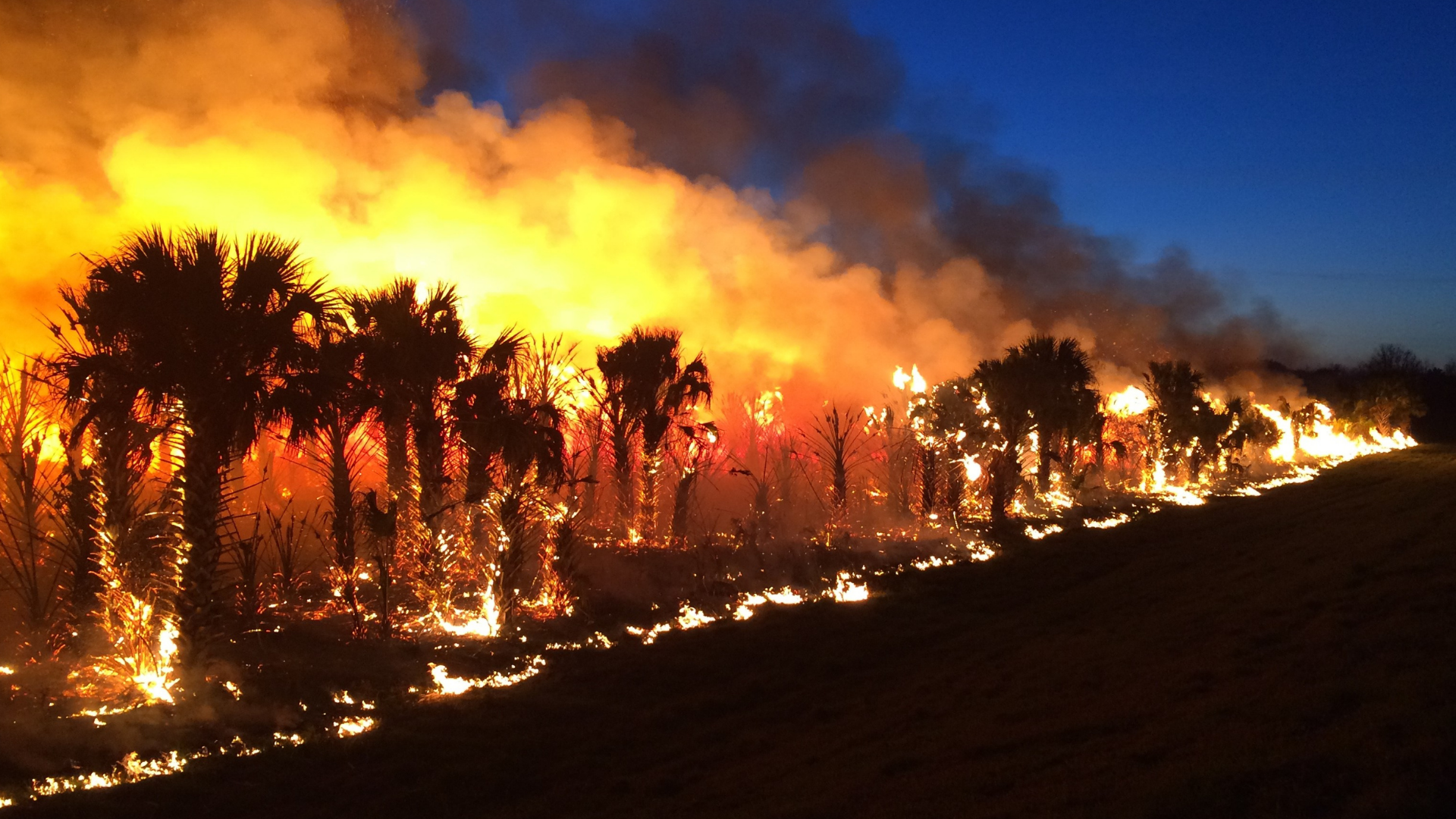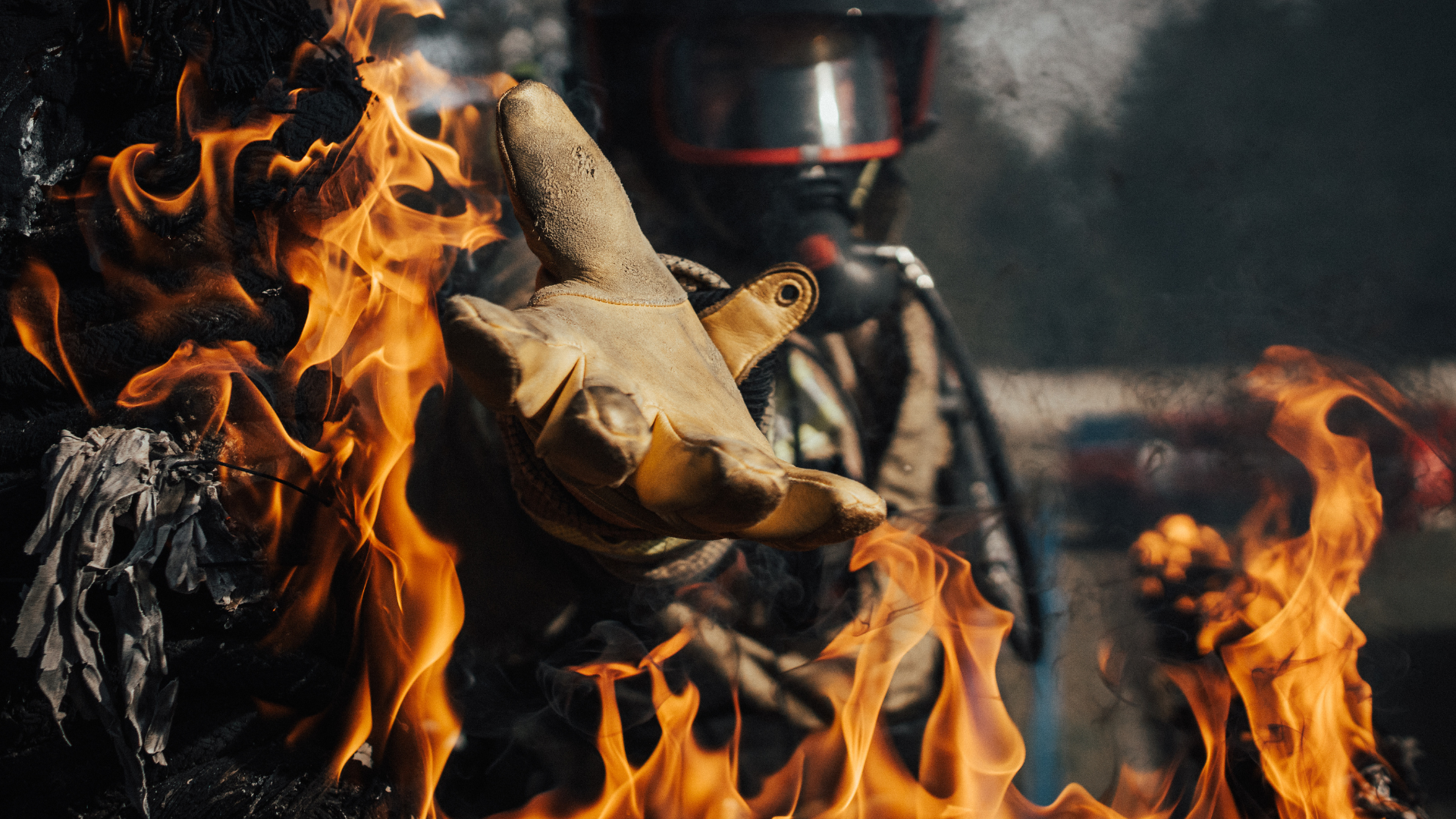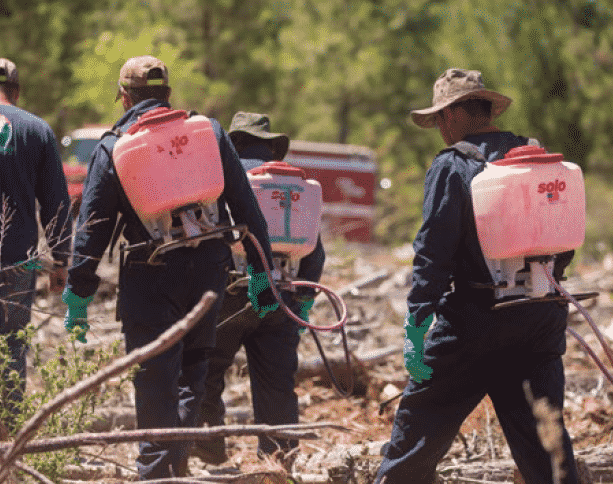This blaze underscores how year-round wildfires are impacting communities across the US—not just in regions deemed ‘wildfire prone’ and not just during what we’ve previously known as ‘wildfire season.’
– Jason Metzger, Head of Risk Management
In Boulder County, CO, a devastating wildfire broke out in a densely populated area during the final days of 2021. This occurred in a suburban region that was considered a safe distance from fire-prone forests and during a period typically associated with fresh snow and cold conditions. The fire ultimately became the most destructive in Colorado’s history and highlights the increasing impact of wildfires on communities throughout the US, even outside of traditional wildfire seasons and so-called “wildfire-prone” regions.
With more homes being built in remote landscapes, an increasing number of properties are at risk of standing in wildfire-prone areas, with one-third of US homes located in the Wildland Urban Interface (WUI). Fires that develop in forests are now frequently spreading to neighborhoods through the WUI due to drier climate conditions and population growth in these areas. Consequently, poorly maintained properties can fuel wildfires, causing significant damage to homes and surrounding areas.
To minimize the risks of wildfires, homeowners should prioritize smarter building techniques and home preparation for extreme weather. This includes maintaining defensible space around homes, covering openings like chimneys and stovepipes with metal mesh, and installing exterior fire protection systems. By taking these precautions, homeowners can slow or stop the spread of wildfires and prevent spot fires caused by flying embers.
Furthermore, creating a community approach to wildfire mitigation and engaging with neighbors and local safety officials on evacuation routes and property maintenance techniques can provide a protective front for homes during a wildfire threat. Insurance companies can also be an added resource during a wildfire, providing updates on the fire’s distance from and threat level to homes and deploying response crews on the ground to inspect properties and treat them with fire retardant if necessary.

Better Ways to Protect Your Home Against Wildfires
Maintain Defensible Space
To slow or even halt the spread of wildfire and prevent spot fires caused by flying embers, it is important to maintain a defensible space around your home's perimeter. This does not necessarily mean sacrificing a well-landscaped yard. Defensible space requires a strategic clearing and placement of vegetation, creating a buffer between your home or other structures on your property and the surrounding grass, trees, shrubs, or wildland areas.
Install Exterior Fire Protection
In addition to a sensor-based emergency response, these systems can feature pre-treatment capabilities, and some can even send you alerts when the system is activated. Available options include water-based, foam-based, and gel-based systems that spray your home in the event of a nearby wildfire.
Harden Your Home
Flying embers that enter the home through openings account for up to 90% of wildfire damages to homes. To prevent this, it's important to avoid using fiberglass or plastic mesh as they can melt or burn. While metal mesh is not suitable for protecting vents in eaves, baffles are a better option for these areas. Additionally, we suggest placing weather stripping around and under your garage door for added protection.
Collaboration is key: A communal approach to mitigating wildfire risks
When it comes to safeguarding your home against wildfires, it’s not just your property that matters. By taking steps to make your home more fire-resistant, you’re also helping to protect the homes of your neighbors. Working together with your community and local authorities to establish evacuation routes and property maintenance strategies can create a united front against wildfire threats.
In addition to community efforts, your insurance company can also be a valuable resource if you live in a high-risk area. In the event of a wildfire, accurate and timely information is often scarce. Our Situation Room team provides our members with up-to-date information on the fire’s distance from their homes and level of threat. If necessary, our claims team will reach out to members whose homes are in the path of the fire to check on their safety and the condition of their properties. Response crews on the ground may inspect members’ properties, move combustible materials away from structures, and apply fire retardant as needed to protect homes in the fire’s anticipated path.




